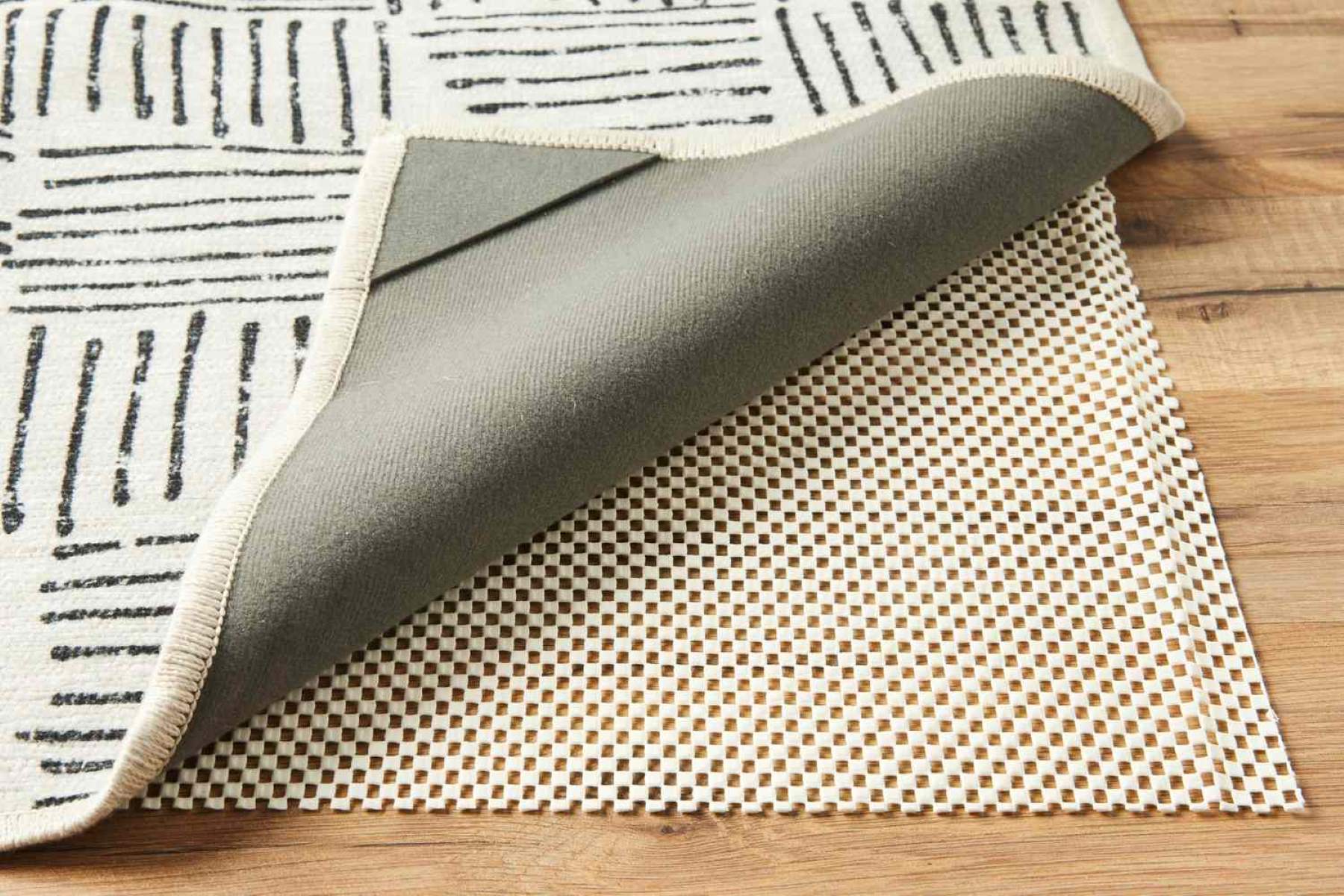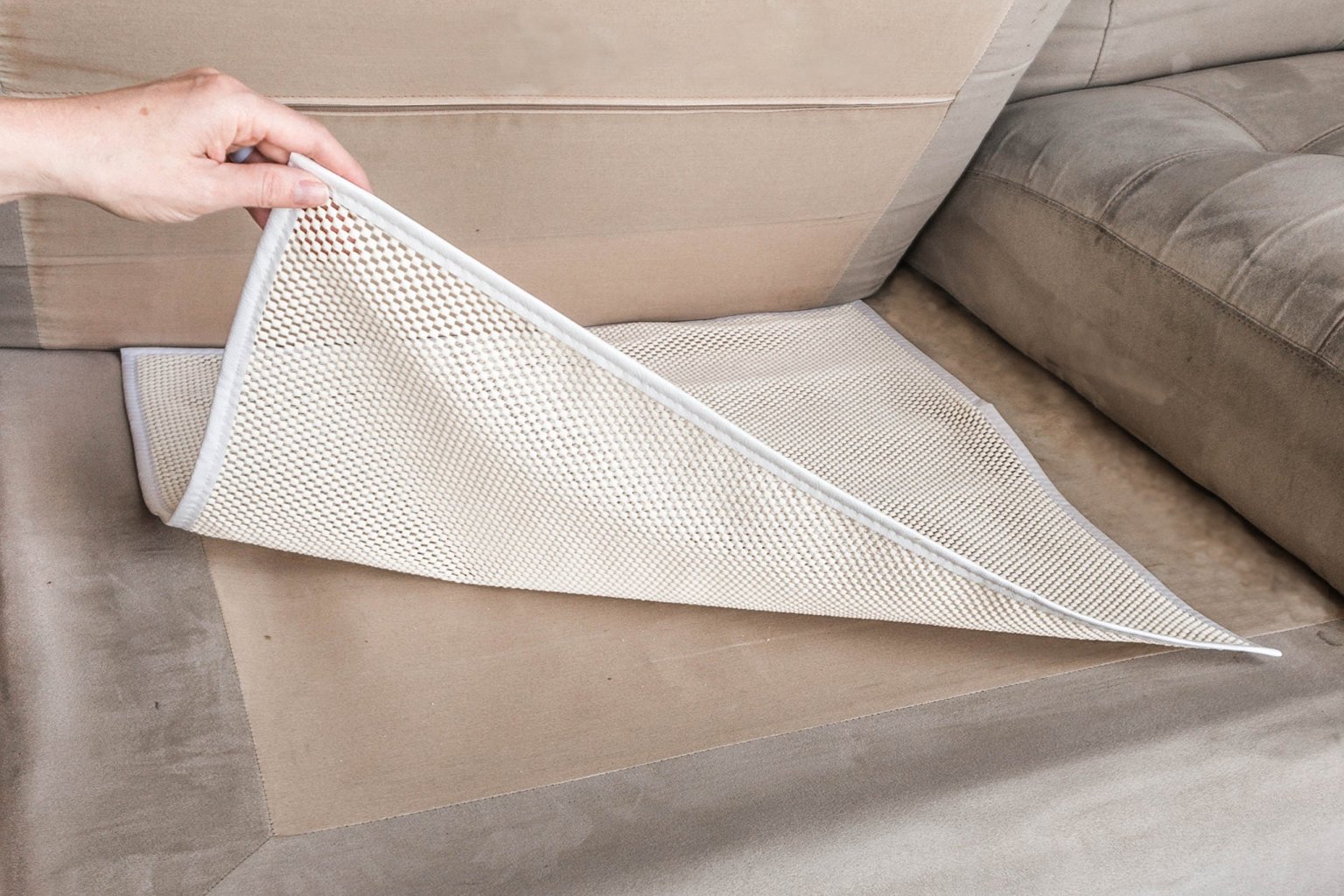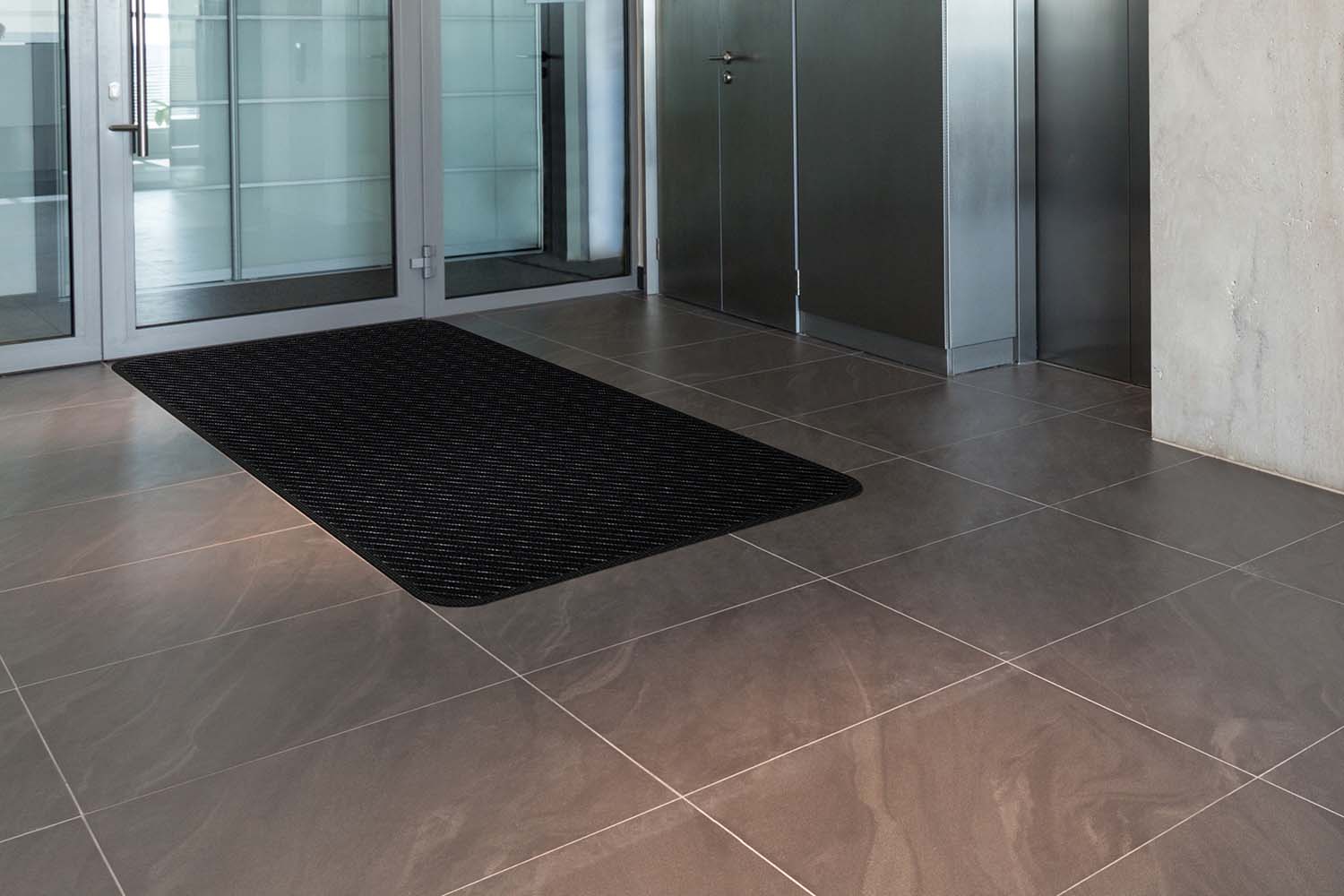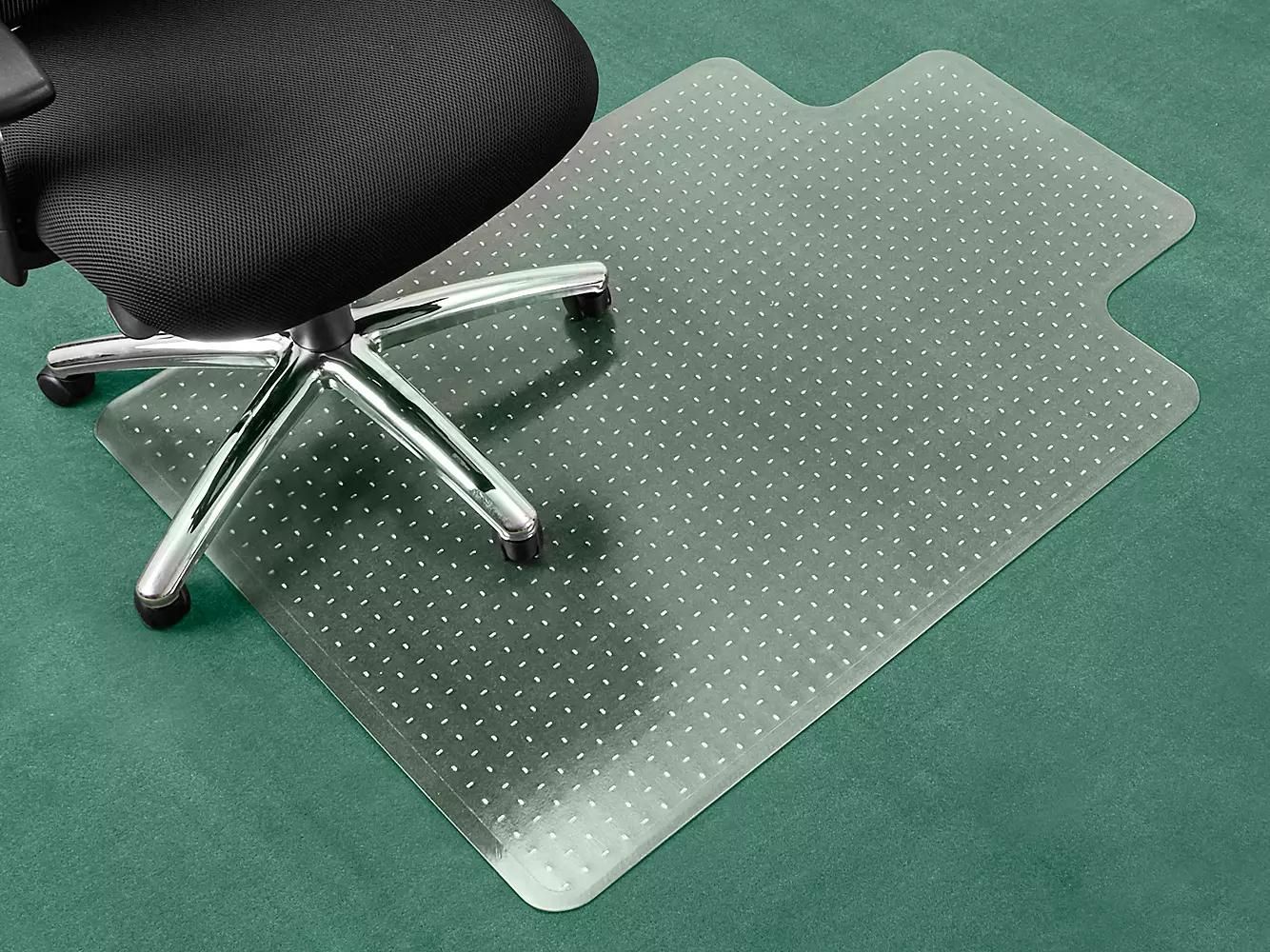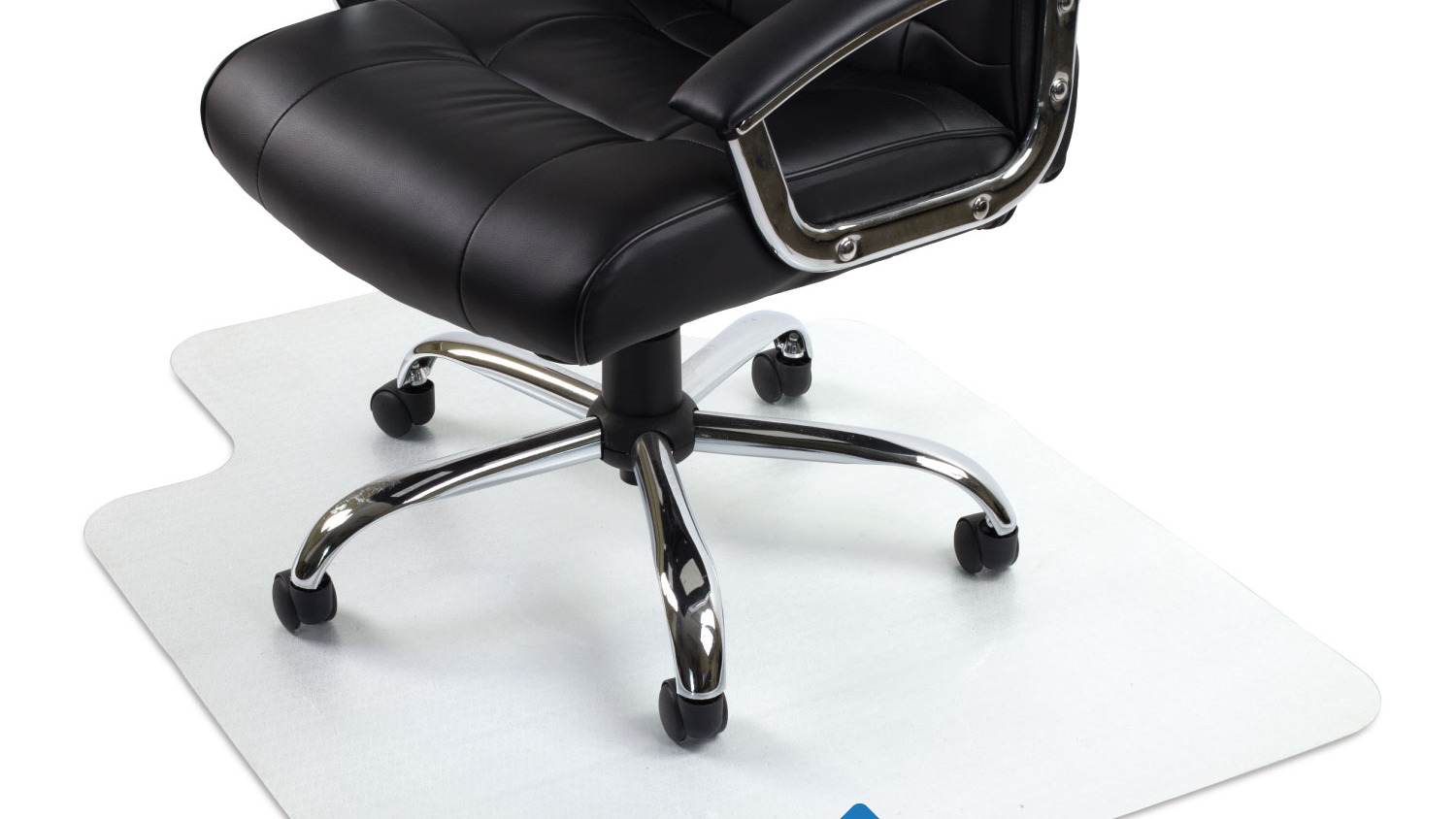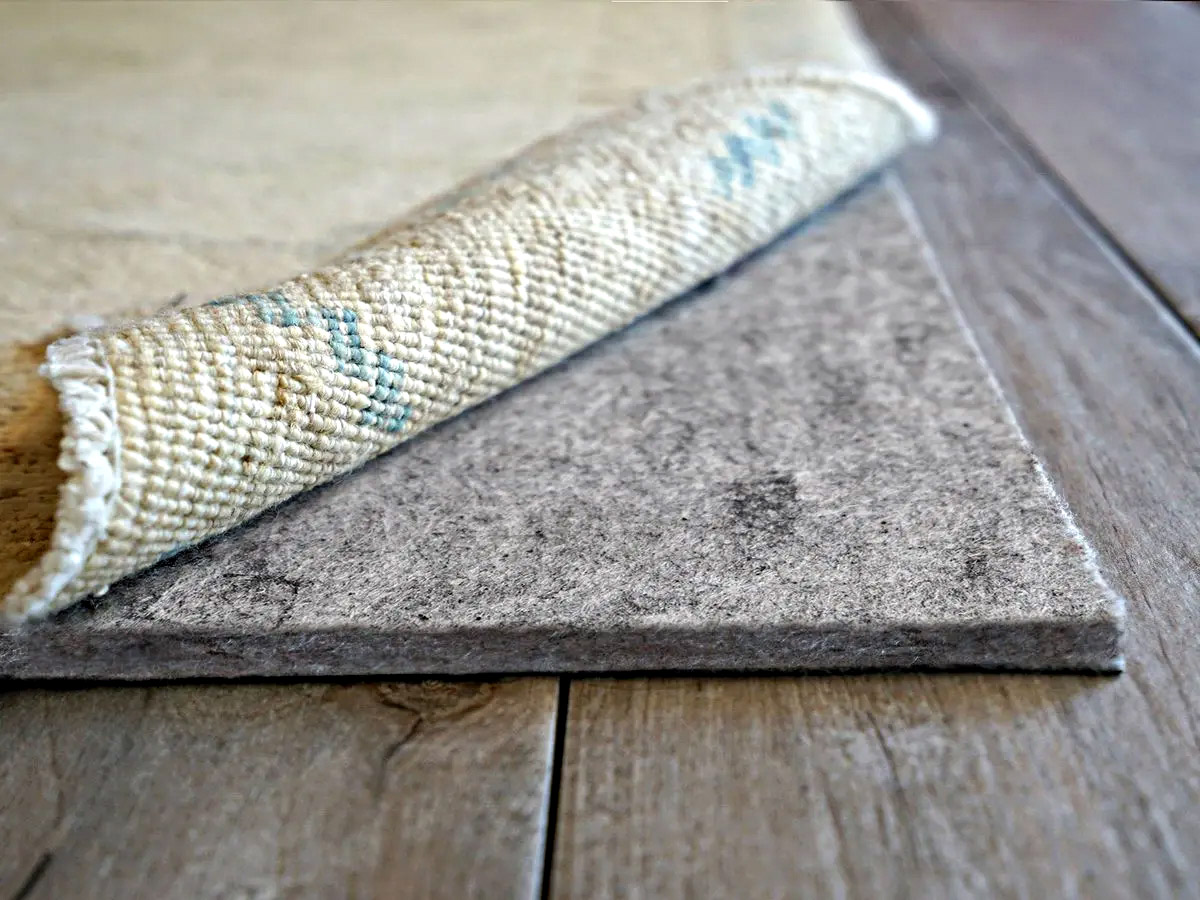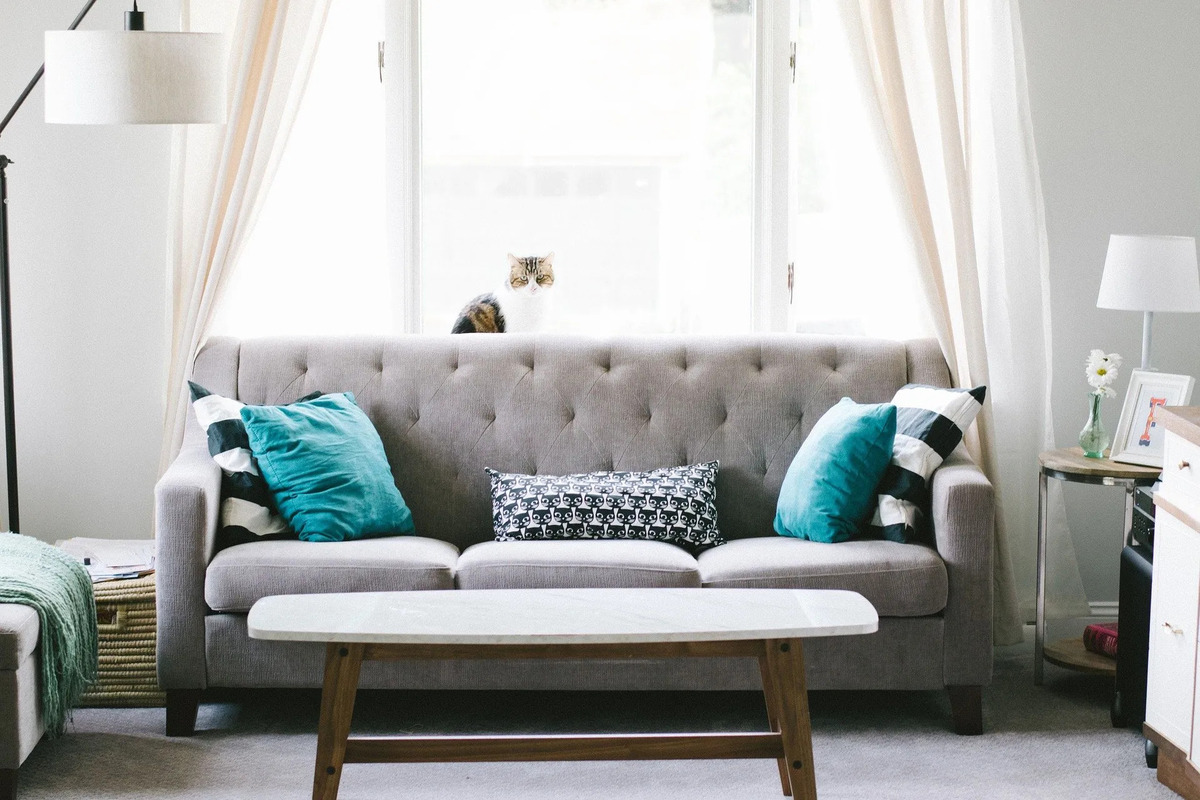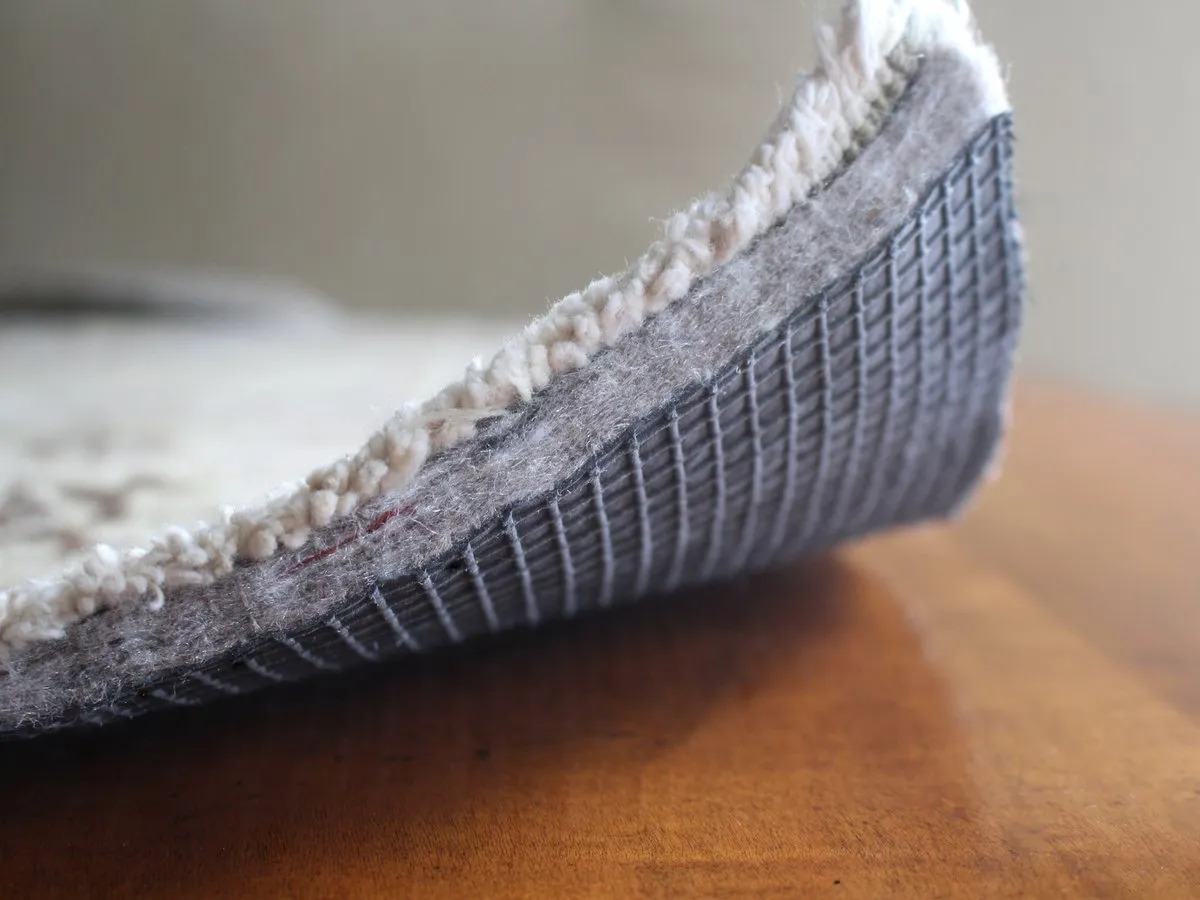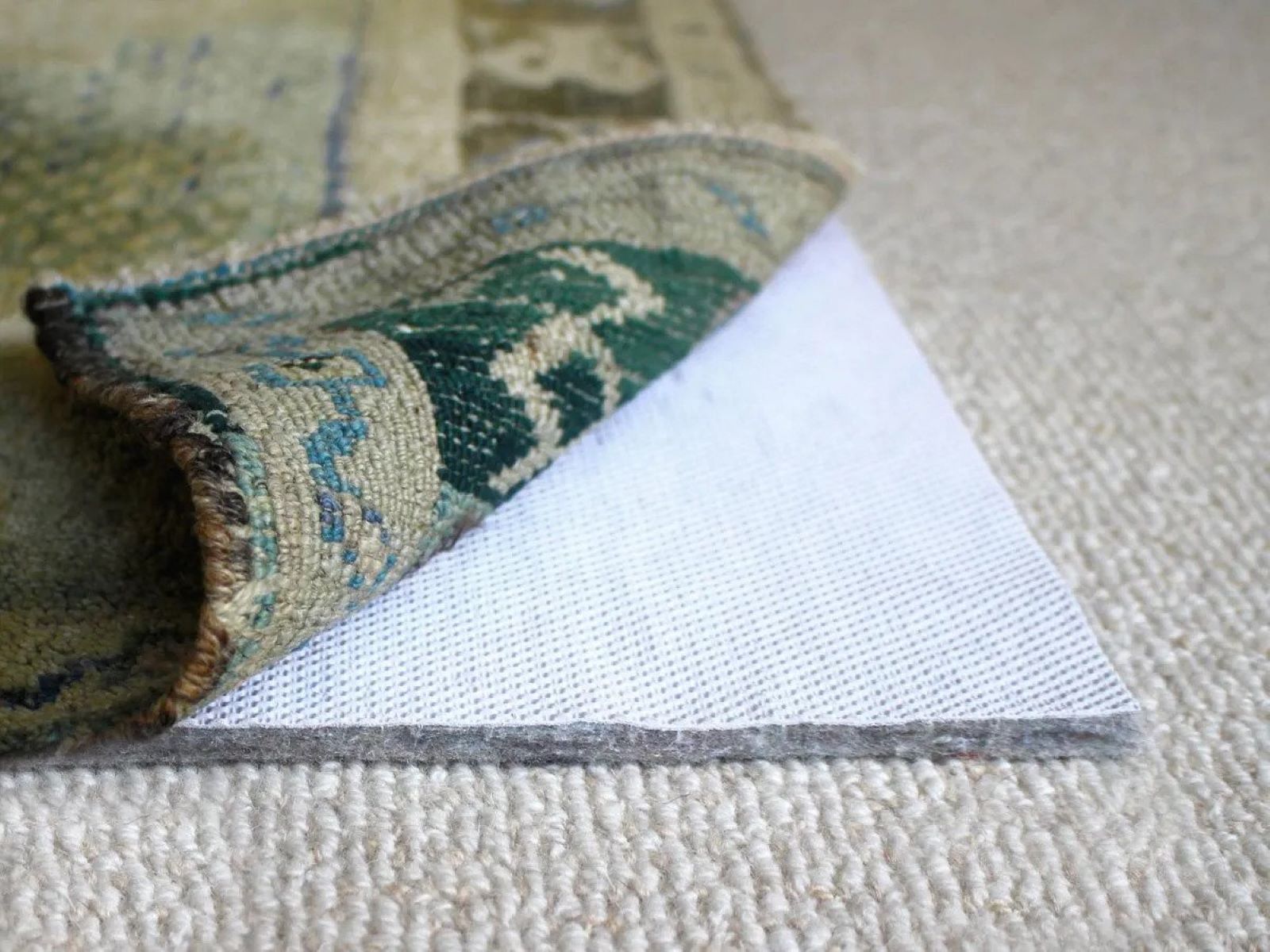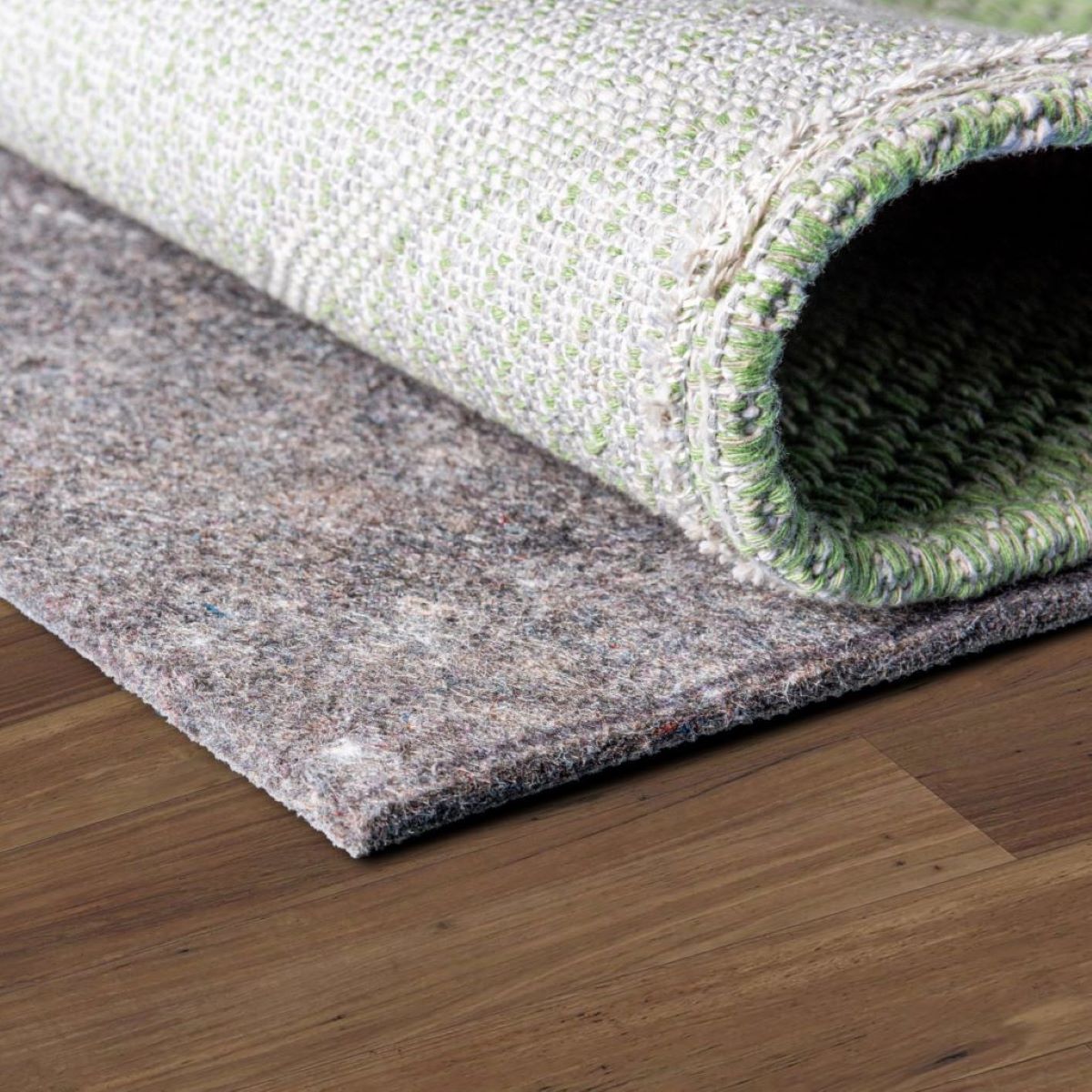Home>Articles>How To Prevent Chair Mat From Sliding On A Carpet
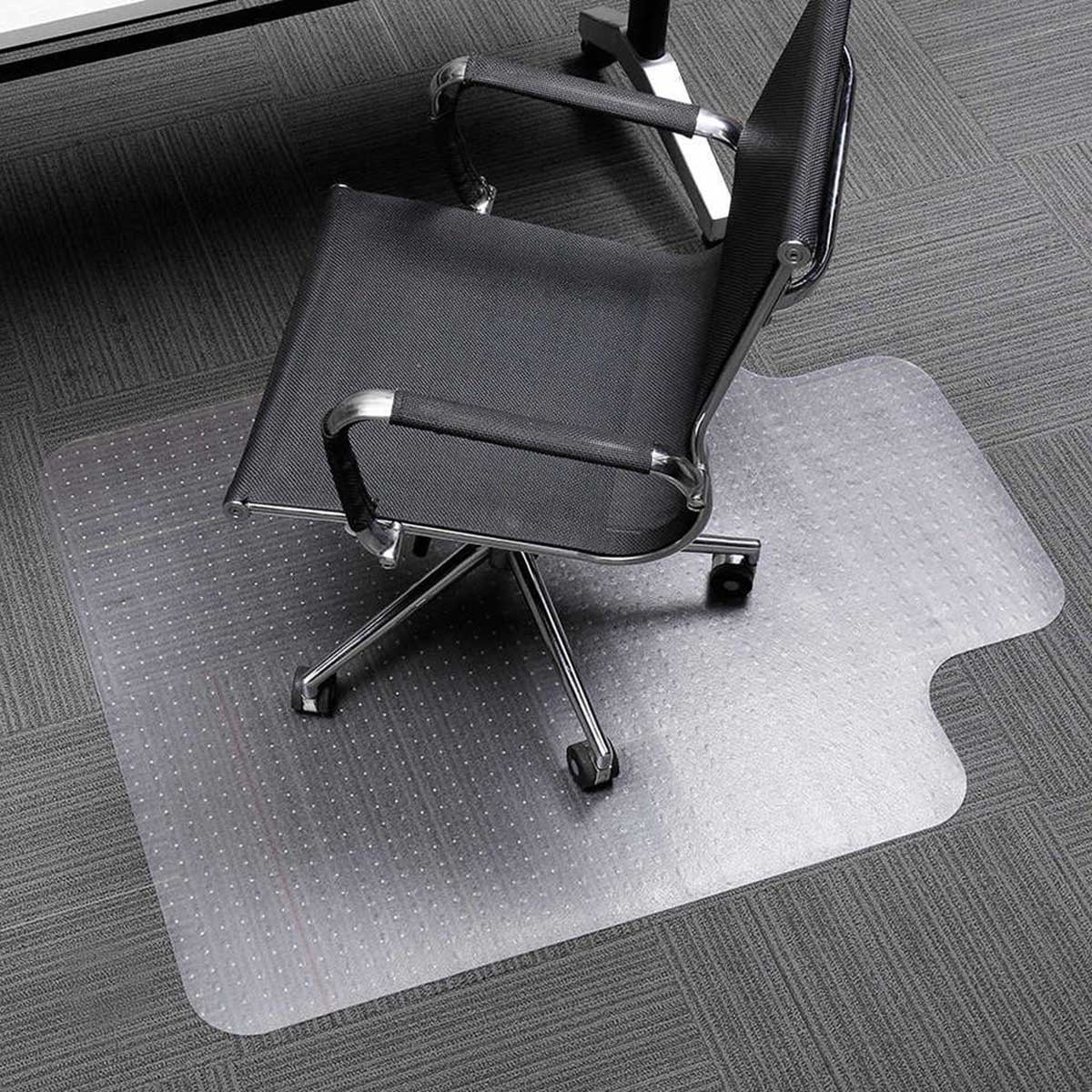

Articles
How To Prevent Chair Mat From Sliding On A Carpet
Modified: August 16, 2024
Prevent your chair mat from sliding on a carpet with these useful articles. Learn effective tips and tricks to keep your chair mat in place for a seamless working experience.
(Many of the links in this article redirect to a specific reviewed product. Your purchase of these products through affiliate links helps to generate commission for Storables.com, at no extra cost. Learn more)
Introduction
When it comes to setting up a comfortable and functional workspace, a chair mat is an essential accessory. It not only protects your carpet from wear and tear caused by the constant movement of your office chair but also provides a smooth surface for easy maneuverability. However, one common issue that many people experience with chair mats is their tendency to slide on carpets. This not only compromises the stability of your chair but can also be frustrating and interrupt your workflow.
But fret not! In this article, we will explore the reasons why chair mats slide on carpets and provide you with a range of effective solutions to prevent this annoying problem. By implementing these tips, you can enjoy a stable and hassle-free workspace.
Key Takeaways:
- Say goodbye to the frustration of a sliding chair mat on carpets! Implement simple solutions like gripper pads, double-sided carpet tape, or Velcro strips to secure your workspace and boost productivity.
- Don’t let a sliding chair mat disrupt your workflow. Utilize furniture weight, anti-slip rug pads, or chair mat anchoring devices for a stable and hassle-free workspace. Choose the best solution to suit your needs and enjoy a secure setup.
Why Do Chair Mats Slide on Carpets?
Understanding the reasons behind the sliding of chair mats on carpets is crucial in finding the right solution. Here are some common factors that contribute to this issue:
- Lack of traction: Chair mats are typically made of smooth materials like plastic or vinyl, which can lack sufficient grip on carpeted surfaces.
- Carpet pile: Carpets with a high pile or thick fibers can create an uneven surface for the chair mat, making it prone to shifting and sliding.
- Chair movement: The frequent movement and rotation of the office chair can cause the chair mat to gradually shift or slide, especially when there is no resistance from the carpet.
These factors combined can make it challenging to keep the chair mat in place and create a stable working environment. Luckily, there are several solutions that can help prevent chair mats from sliding on carpets, ensuring a secure and reliable setup.
Common Problems Caused by Sliding Chair Mats
When chair mats slide on carpets, they can lead to a range of issues that not only affect your workspace but also your overall productivity and comfort. Here are some common problems caused by sliding chair mats:
- Instability: A sliding chair mat can make your office chair feel unstable and wobbly, compromising your balance and posing a potential safety hazard.
- Noise and Disturbance: The constant movement of a sliding chair mat can generate noise, which can be distracting to you and your colleagues in a shared workspace.
- Damaged Carpets: As the chair mat slips and slides, the friction between the mat and the carpet can cause damage and excessive wear and tear to the carpet fibers.
- Inconvenience: Having to readjust and reposition the chair mat repeatedly disrupts your workflow and can be time-consuming and frustrating.
- Poor Ergonomics: A sliding chair mat can affect the ergonomics of your workspace by preventing smooth chair movement and causing discomfort, leading to potential posture-related issues.
These problems can hinder your productivity, create unnecessary stress, and even lead to long-term health issues. It’s important to address the issue of sliding chair mats promptly and implement effective solutions.
Tips for Preventing Chair Mat Slippage on Carpets
Preventing chair mat slippage on carpets is essential for creating a stable and functional workspace. Here are some effective tips to help you keep your chair mat securely in place:
- Choose the right chair mat: Look for chair mats specifically designed for use on carpets. These mats often have textured or gripped backsides that provide better traction on carpeted surfaces.
- Clean the carpet: Make sure the area where the chair mat will be placed is clean and free from dust, debris, or any other particles that may interfere with the mat’s grip.
- Ensure a flat surface: Smooth out any bumps or irregularities on the carpet surface before placing the chair mat. This will help reduce the chances of the mat sliding.
- Size matters: Ensure that the chair mat is the appropriate size for your workspace. A larger mat that extends beyond the desk area provides more stability and reduces the likelihood of movement.
- Position the mat properly: Align the chair mat with your desk and make sure it covers the area where the chair will roll, preventing it from moving off the mat.
- Secure the edges: Use adhesive carpet tape or velcro strips to secure the edges of the chair mat to the carpet. This will provide additional stability and prevent the mat from shifting.
- Use an anti-slip rug pad: Place an anti-slip rug pad under the chair mat to enhance the grip between the mat and the carpet. This extra layer of traction can significantly reduce slipping.
- Apply chair mat anchors: Chair mat anchors or grippers are small devices that attach to the underside of the mat and grip the carpet tightly, preventing any movement.
- Utilize furniture weight: If feasible, position heavy furniture items like filing cabinets or bookcases on the edges of the chair mat to provide additional weight and stability.
By implementing these preventive measures, you can significantly reduce the likelihood of chair mat slippage on carpets, creating a secure and comfortable workspace.
Option 1: Gripper Pads
Gripper pads are a simple yet effective solution to prevent chair mats from sliding on carpets. These pads are typically made of rubber or a similar non-slip material, and they adhere to the underside of the chair mat, providing enhanced grip and traction on the carpeted surface.
To use gripper pads, follow these steps:
- Clean the underside of the chair mat and the carpeted area where the mat will be placed. Remove any dust or debris that may hinder the adhesive properties of the gripper pads.
- Peel off the backing from the gripper pad and carefully align it with one corner of the chair mat’s underside.
- Press down firmly to ensure proper contact and adhesion between the gripper pad and the chair mat.
- Repeat this process for each corner of the chair mat, ensuring that the gripper pads are evenly spaced.
- Once all the gripper pads are in place, flip the chair mat over and position it on the carpet. Press down firmly to secure the gripper pads to the carpet.
- Test the chair mat by rolling your office chair over it, ensuring that it remains stable and does not slide or shift on the carpet.
Gripper pads are a cost-effective solution that can significantly improve the stability of your chair mat on carpets. They provide a strong grip and are easily removable without leaving behind any residue or damage to the chair mat or carpet.
Keep in mind that gripper pads may need to be replaced over time as their adhesive properties may diminish. Regularly check the condition of the gripper pads and replace them as needed to maintain optimal grip and prevent sliding.
Option 2: Double-Sided Carpet Tape
Double-sided carpet tape is a reliable option for securing chair mats to carpets. This strong adhesive tape is designed specifically for use on carpets and provides a secure bond between the chair mat and the carpeted surface.
To utilize double-sided carpet tape, follow these steps:
- Clean the carpeted area where the chair mat will be placed, ensuring it is free from dirt, dust, and debris.
- Cut strips of double-sided carpet tape to the desired length. It’s ideal to cut strips that run along the edges and across the center of the chair mat for maximum stability.
- Peel off the backing from one side of the tape and carefully position it along one edge or corner of the chair mat.
- Press down firmly to secure the tape in place, ensuring full contact between the tape and the mat.
- Peel off the backing from the other side of the tape, exposing the adhesive surface.
- Position the chair mat on the carpet, aligning it with the tape. Press down firmly on the mat to ensure a strong bond with the carpet.
- Repeat the process with additional strips of double-sided carpet tape, placing them along the remaining edges or corners of the chair mat.
- Test the chair mat by rolling your office chair over it, verifying that it remains firmly in place and does not slide or shift on the carpet.
Double-sided carpet tape offers a secure and long-lasting solution for preventing chair mat slippage. However, keep in mind that the adhesive properties of the tape may be strong, and removing the chair mat in the future may require additional effort and may leave behind some residue on the carpet.
Before using double-sided carpet tape, it’s advisable to check with the manufacturer of your chair mat to ensure that the tape won’t damage the mat’s surface or void any warranties.
Use double-sided carpet tape to secure the chair mat to the carpet. Place strips of tape along the edges and in the center of the mat to prevent sliding.
Option 3: Velcro Strips
Versatile and easy to use, Velcro strips are another effective option for securing chair mats to carpets. Velcro consists of two components: the hook side and the loop side, which create a strong and adjustable bond when pressed together.
To utilize Velcro strips, follow these steps:
- Clean the carpeted area where the chair mat will be placed, ensuring it is free from any dirt or debris that may affect the adhesion of the Velcro.
- Cut Velcro strips into appropriately sized pieces. The hook side and loop side should be cut into separate strips.
- Attach the hook side of the Velcro strips to the underside of the chair mat. Securely press them in place, ensuring they are evenly spaced along the edges or corners of the mat.
- Peel off the protective backing from the hook side of the Velcro strips, exposing the adhesive surface.
- Position the chair mat on the carpet, aligning it with the desired location. Press down firmly to adhere the hook side of the Velcro strips to the carpet.
- Attach the loop side of the Velcro strips to the corresponding locations on the carpet. Press down firmly to ensure a strong bond with the carpet.
- Test the chair mat by rolling your office chair over it, verifying that it remains securely in place and does not slide or shift on the carpet.
Velcro strips provide an adjustable and reusable solution for preventing chair mat slippage. They allow for easy removal and repositioning of the chair mat whenever needed, making them a convenient option for those who require flexibility in their workspace setup.
However, keep in mind that over time, the adhesive properties of Velcro may weaken, requiring replacement or readjustment of the strips to maintain a secure bond between the chair mat and the carpet.
Option 4: Anti-Slip Rug Pads
An effective and versatile solution for preventing chair mat slippage on carpets is the use of anti-slip rug pads. These pads are specifically designed to provide grip and stability on a variety of surfaces, including carpets.
To utilize anti-slip rug pads, follow these steps:
- Clean the area of the carpet where the chair mat will be placed, ensuring it is free from any debris or dirt.
- Measure the dimensions of the chair mat and cut the rug pad to fit accordingly.
- Place the rug pad on the carpeted surface, ensuring it is centered and aligned with the area where the chair mat will be positioned.
- Position the chair mat on top of the rug pad, aligning it with the edges or corners.
- Press down firmly on the chair mat to secure it to the rug pad and the rug pad to the carpet.
- Test the chair mat by rolling your office chair over it, ensuring that it remains stable and does not slide or shift on the carpet.
Anti-slip rug pads are an excellent solution as they provide an extra layer of grip between the chair mat and the carpet. They help reduce slippage and add stability to your workspace setup.
In addition to preventing chair mat slippage, anti-slip rug pads also offer benefits such as cushioning, noise reduction, and protection for your carpet. They are typically made of durable materials that can withstand everyday wear and tear.
Choose rug pads with a non-slip backing specifically designed for use on carpets to ensure optimal performance. Additionally, periodically check the condition of the rug pad and replace it if it becomes worn or loses its gripping properties.
Option 5: Using Furniture Weight to Secure the Chair Mat
Another effective and straightforward option to prevent chair mat slippage on carpets is to utilize the weight of furniture items to anchor the mat in place. By strategically positioning heavy furniture pieces on the edges of the chair mat, you can provide extra stability and reduce the likelihood of movement.
To use furniture weight to secure the chair mat, follow these steps:
- Clean the carpeted area where the chair mat will be placed, ensuring it is free from any dirt or debris.
- Position heavy furniture items, such as filing cabinets, bookcases, or other sturdy pieces, around the edges of the chair mat.
- Ensure that the furniture is placed close enough to the chair mat to exert pressure and keep it in place, but without obstructing the movement of the chair.
- Test the chair mat by rolling your office chair over it, verifying that it remains stable and does not slide or shift on the carpet.
This method is a simple and cost-effective solution that relies on the existing weight of your furniture. It provides stability to the chair mat without requiring any additional adhesives or accessories.
It’s important to note that while using furniture weight is an effective method, it may limit your flexibility to rearrange your workspace. If you frequently move or reposition your furniture, this option may not be the most convenient.
Regularly check the placement of the furniture and ensure that it is maintaining adequate pressure on the chair mat. If any adjustments are required, move the furniture accordingly to counteract any slippage.
Option 6: Chair Mat Anchoring Devices
If you want a more secure and permanent solution to prevent chair mat slippage on carpets, consider utilizing chair mat anchoring devices. These devices are specifically designed to anchor the chair mat to the carpet, providing maximum stability and minimizing any movement or sliding.
To use chair mat anchoring devices, follow these steps:
- Clean the area of the carpet where the chair mat will be placed, ensuring it is free from any debris or dirt.
- Position the chair mat on the carpet in the desired location.
- Attach the chair mat anchoring devices to the underside of the chair mat according to the manufacturer’s instructions. These devices typically consist of grippers that penetrate the carpet fibers and hold the mat securely in place.
- Press down firmly on the chair mat to ensure the anchoring devices securely grip the carpet.
- Test the chair mat by rolling your office chair over it, verifying that it remains anchored and does not slide or shift on the carpet.
Chair mat anchoring devices provide a long-lasting and reliable solution for preventing chair mat slippage. They are designed to withstand the movement and weight of an office chair, ensuring that the chair mat remains in place even during constant use.
These devices are typically made of durable materials and easy to install. However, it’s essential to follow the manufacturer’s instructions for proper installation and maintenance.
Keep in mind that chair mat anchoring devices may leave small holes in the carpet due to the grippers penetrating the fibers. If you plan to remove the chair mat in the future, you may need to patch or cover these holes to restore the appearance of the carpet.
Overall, chair mat anchoring devices offer a secure and reliable solution, ideal for those looking for a permanent fix to prevent chair mat slippage on carpets.
Conclusion
Dealing with a sliding chair mat on carpets can be frustrating and disruptive to your workspace. However, by implementing the right solutions, you can ensure a stable and secure setup, allowing you to focus on your work without worrying about constant adjustments.
In this article, we explored various options for preventing chair mat slippage on carpets:
- Gripper pads offer a simple and cost-effective solution by providing additional grip to the chair mat’s underside.
- Double-sided carpet tape provides a strong adhesive bond between the chair mat and the carpeted surface.
- Velcro strips offer flexibility and easy removal and repositioning of the chair mat while maintaining a secure bond.
- Anti-slip rug pads add an extra layer of grip and cushioning to prevent chair mat slippage.
- Using furniture weight strategically places heavy items to anchor the chair mat in position.
- Chair mat anchoring devices provide a reliable and permanent solution for maximum stability.
By choosing the option that best suits your needs, you can ensure a stable and secure workspace, enhancing your productivity and comfort.
Remember to regularly check the condition of your chair mat and the chosen solution to ensure optimal performance. Over time, adjustments or replacements may be necessary to maintain a secure and slip-free setup.
With the right measures in place, you can enjoy a smooth and hassle-free experience, free from the inconvenience and frustration of a sliding chair mat on carpets.
Got your chair mat staying put? Next up, delve into safeguarding your carpets with our upcoming review on the best carpet protectors. We'll cover products designed to keep your floors pristine and extend their life, a must-read for anyone looking to enhance their home's interior.
Frequently Asked Questions about How To Prevent Chair Mat From Sliding On A Carpet
Was this page helpful?
At Storables.com, we guarantee accurate and reliable information. Our content, validated by Expert Board Contributors, is crafted following stringent Editorial Policies. We're committed to providing you with well-researched, expert-backed insights for all your informational needs.
